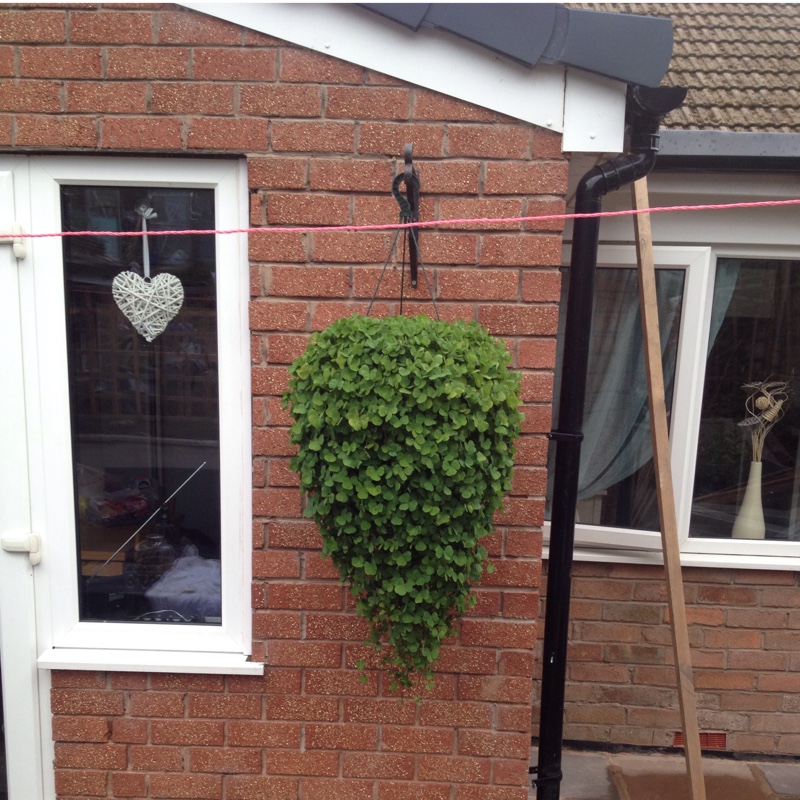
Parochetus communis
Shamrock pea
Trailing or prostrate perennial plant with clover-like leaves. Leaves have red markings on them, and form a dense mat and produce bright gentian blue, pea-like flowers with a spicy cinnamon scent which are held over the leaves in Summer and Autumn. Easy in containers.
Contributed by @Nettle
-
Full sun to partial shade
-
Frequent watering
-
Not Frost hardy
-
Light and free draining
Common name
Shamrock pea
Latin name
Parochetus communis
type
Perennial
family
Fabaceae
ph
5.6 - 7.8 Acid - Neutral
Plant & bloom calendar
-
Best time to plant
-
When the plant will bloom
full grown dimensions
 0.50 M
0.15 M
0.50 M
0.15 M
Parochetus communis
Trailing or prostrate perennial plant with clover-like leaves. Leaves have red markings on them, and form a dense mat and produce bright gentian blue, pea-like flowers with a spicy cinnamon scent which are held over the leaves in Summer and Autumn. Easy in containers.
Flowering
From Late Summer TO Mid Autumn
The blue flowers appear in late Summer to Autumn
Planting
From Late Winter TO Early Spring
Plant in part shade in moist, but well-drained soil. Good for alpine beds.
Propagating by division
From Early Autumn TO Mid Autumn
Many herbaceous plants can be divided in autumn The simplest method is to carefully dig around the clump and gently pull it apart into fist sized pieces and re-plant immediately.











